PPT-Making Low C arbon D evelopment
Author : pinperc | Published Date : 2020-08-28
L ocally R elevant Cases from Indonesia and Japan International Workshop on Clean Energy Development in Asian Cities Learning From Real Cases Kyoto University
Presentation Embed Code
Download Presentation
Download Presentation The PPT/PDF document "Making Low C arbon D evelopment" is the property of its rightful owner. Permission is granted to download and print the materials on this website for personal, non-commercial use only, and to display it on your personal computer provided you do not modify the materials and that you retain all copyright notices contained in the materials. By downloading content from our website, you accept the terms of this agreement.
Making Low C arbon D evelopment: Transcript
Download Rules Of Document
"Making Low C arbon D evelopment"The content belongs to its owner. You may download and print it for personal use, without modification, and keep all copyright notices. By downloading, you agree to these terms.
Related Documents

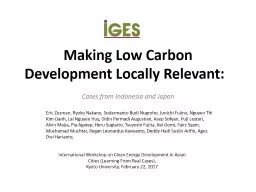



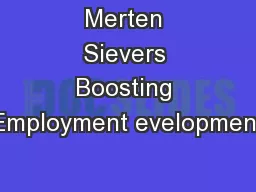

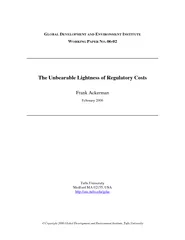

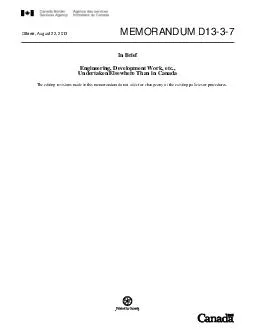
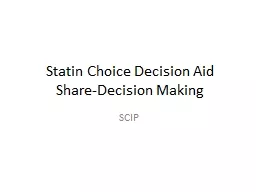
![[READ] Low Carb: Low Carb Weight Loss Secrets Box Set (Dash Diet, Slow Cooker Meals, Low](https://thumbs.docslides.com/881235/read-low-carb-low-carb-weight-loss-secrets-box-set-dash-diet-slow-cooker-meals-low-carb-cookbook-low-carb-recipes-low-car.jpg)


